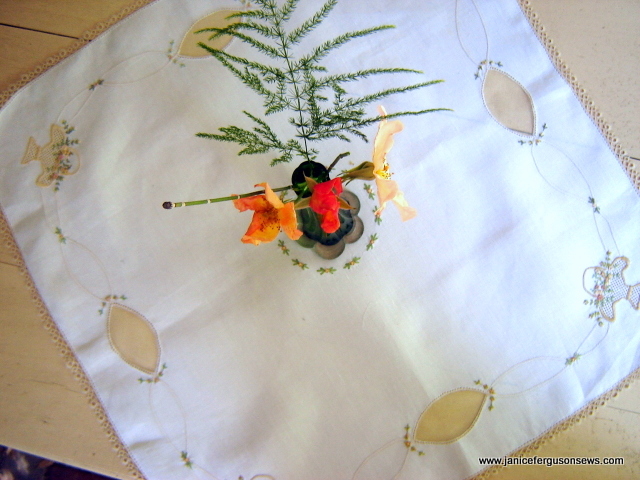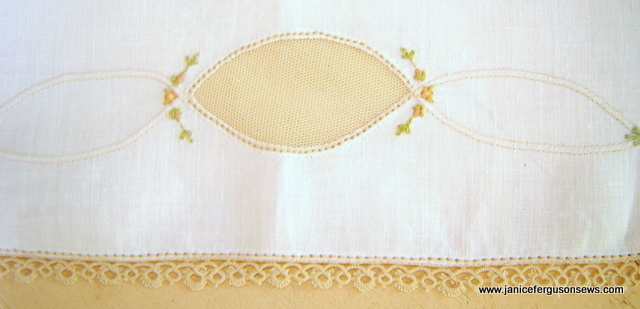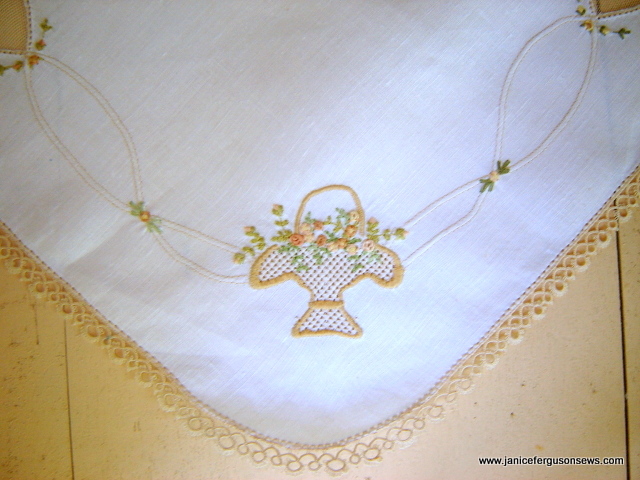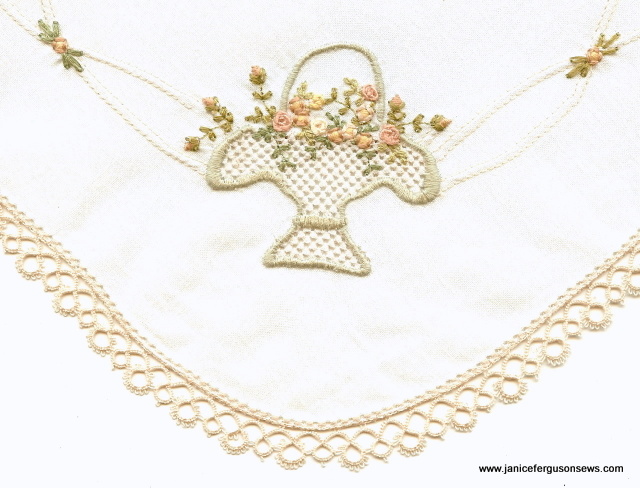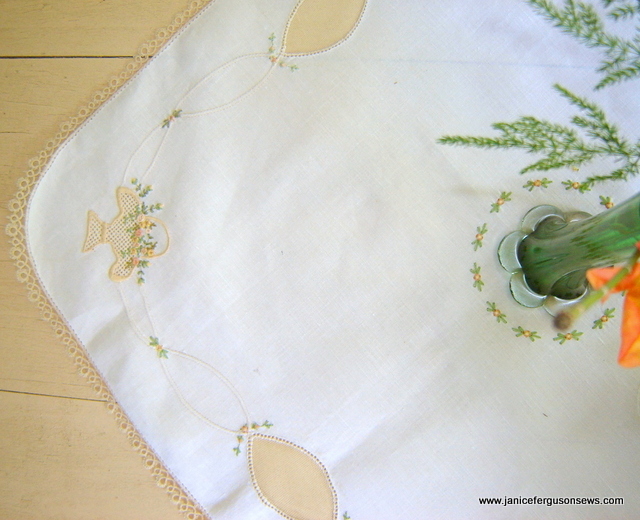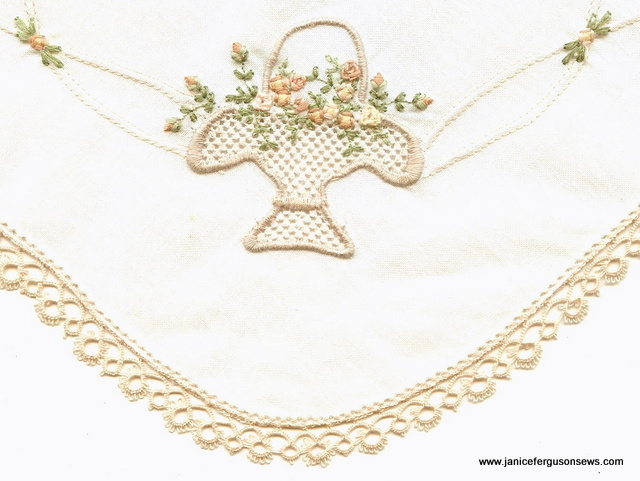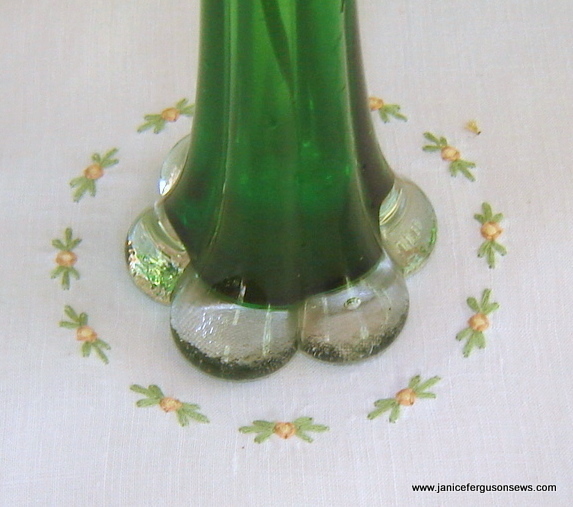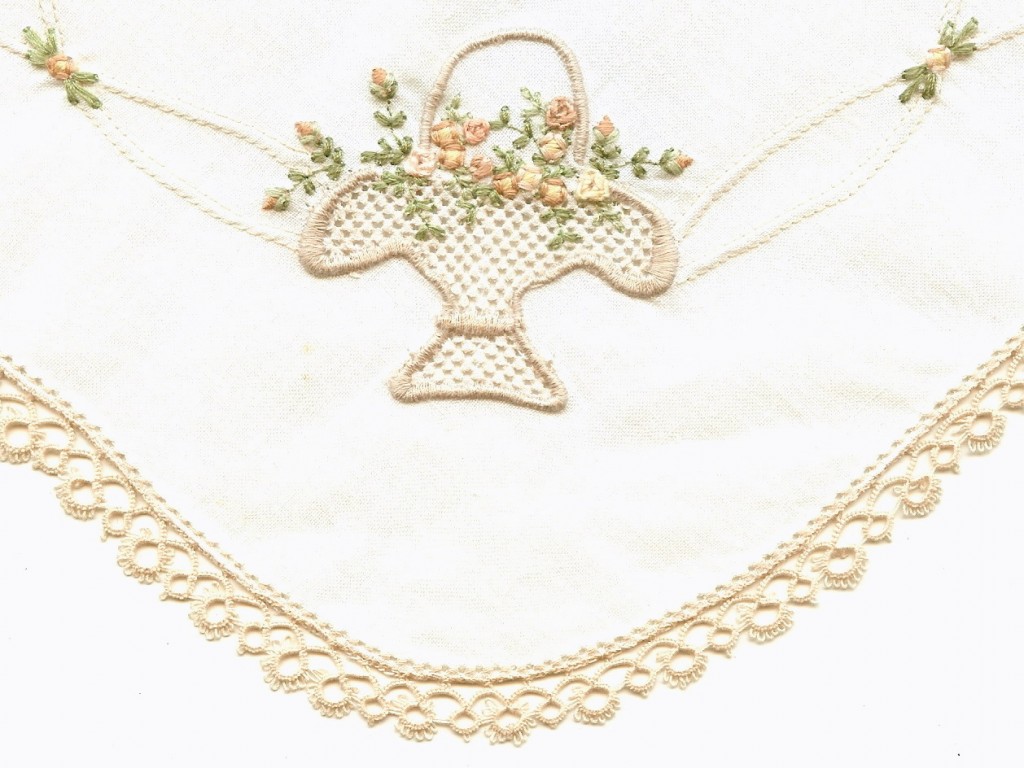“It will never rain roses. When we want to have more roses, we must plant more roses.“George Elliot
I’m having a hard time getting out of the potting shed and into my sewing room. Today, Bob and I relocated 3 dogwood seedlings from beds around the dogwood tree to an azalea bed. Almost 3 dozen cuttings of coleus, impatiens, Swedish ivy and purple sweet potato vine were potted up.
From the side yard rose garden, where an oak tree has grown so tall that it casts too much shade, the first of many rose bushes was transplanted to a sunnier location. And what seemed like miles of wild blackberry vines were dug up from all over the yard…”and miles to go before I sleep.”
Most of my rose cuttings have rooted and I hope we can get a few planted tomorrow, because according to George Elliot, when we want to have more roses, we must plant more roses. And I always want more roses.
Which is why I took the photo of this tabletopper in the potting shed. That’s where I was, potting up more rose cuttings, when I realized that I hadn’t yet snapped this table linen to share with you. And I always get better results when pictures are taken outside.
Just 22″ square, the linen is edged with pinstitched tatting and embellished with Suzanne Sawko’s fil tire’ basket and flowers. The designs are included in the Fil Tire’ and Fancywork Combinations machine embroidery collection.
This tabletopper is yet another project for a class that I have taught in various locations. Some of the techniques include netting insertion, embroidery machine fil tire’ and web roses, and twin needle shadow work, though that doe not show up well in any of the photos.
You might notice that each basket is a different color and the flowers that spill from it are also different from one corner to another. These variations makes it so much more interesting to me. The colors are numerous but the palette is narrow, with all shades having a muted tone.
The embroideries remind me of my Mutabilis antique rose, which blooms simultaneously in 5 colors, from deep rose to pink, orange to soft peach, and finally yellow. The flowers in the vase are from the same Mutabilis bush.
All my needlework was heavily influenced by my study of scrap quilting. My sophmoric assumption was that a quilt was made of scraps either because the quilter couldn’t afford to buy enough matching fabric or because she was compelled by a sense of thrift to use what was on hand. I thought it was a Depression era concept. Whoa! Was I wrong!
At a workshop, one teacher declared that if every square on a quilt were the same, you need look at only one. Then your eye moves on to another quilt, another scene, another quilter or whatever. You’ve seen all there is to see on that quilt.
From that time on, I’ve always preferred to mix it up, to add variety to a project whenever possible. Each time I taught this class and tried to promote this practice,  the students fell into two distinct categories: those adventurous souls who embraced this concept and those orderly ladies who doggedly matched every flower and every basket to the first one.
We are who we are and there is no right or wrong way, only the way which works for you.
Variety works for me. And these days, I need more variety in my activities, more sewing and less gardening. As soon as I get those new roses planted…….because it will never rain roses.

